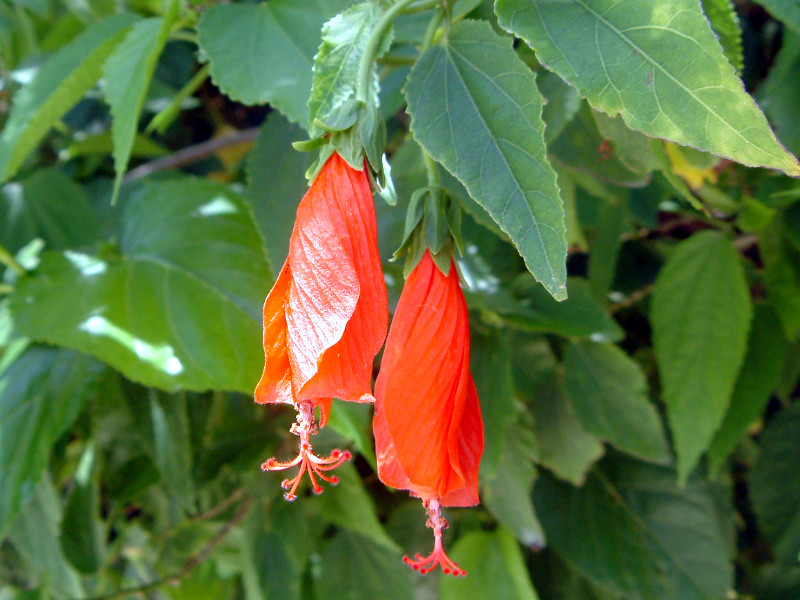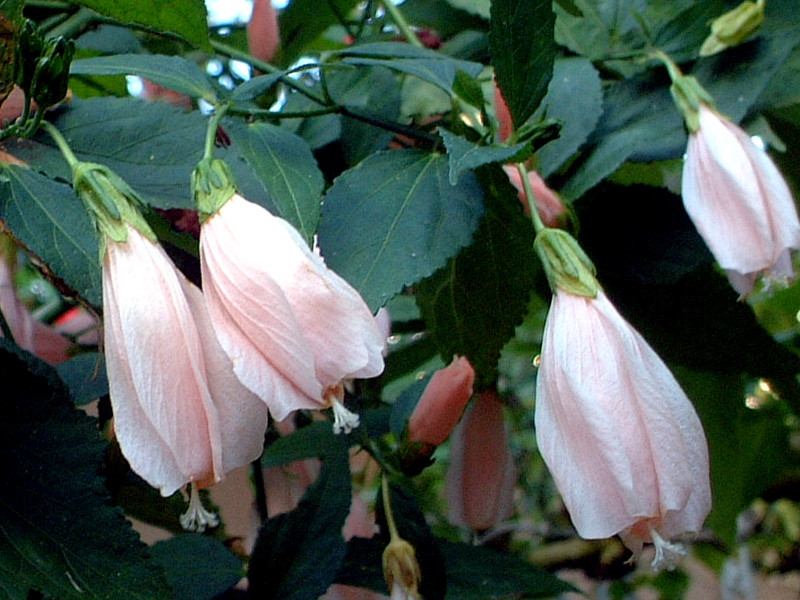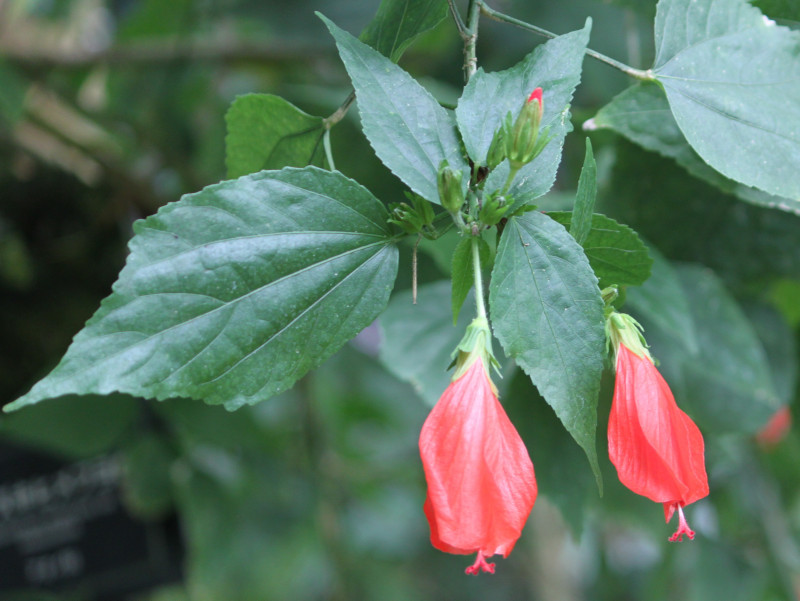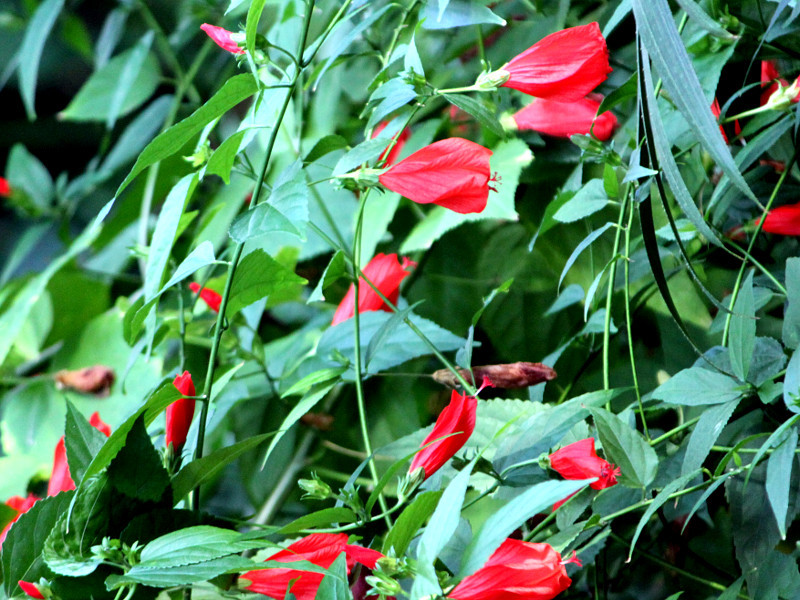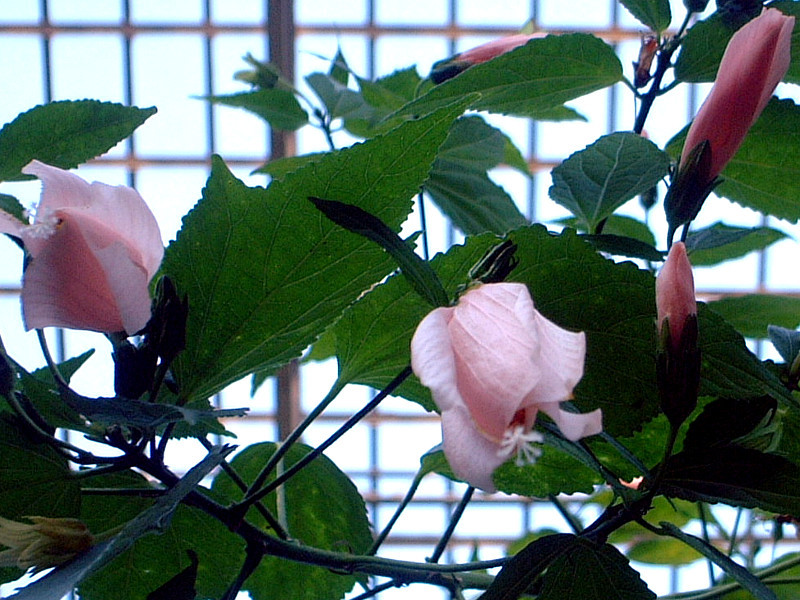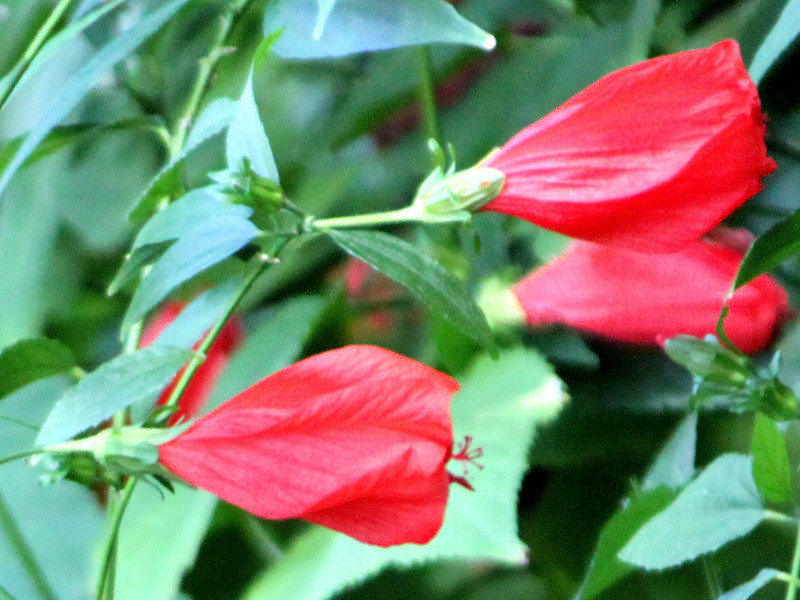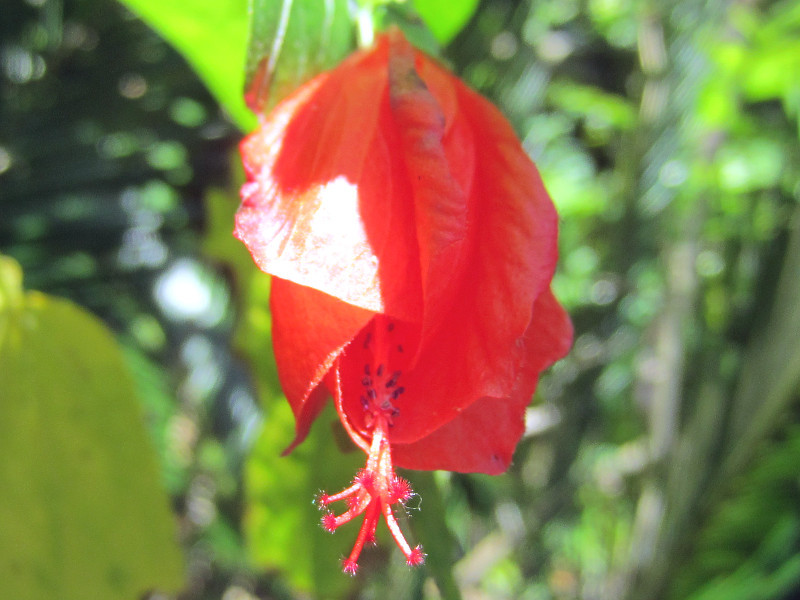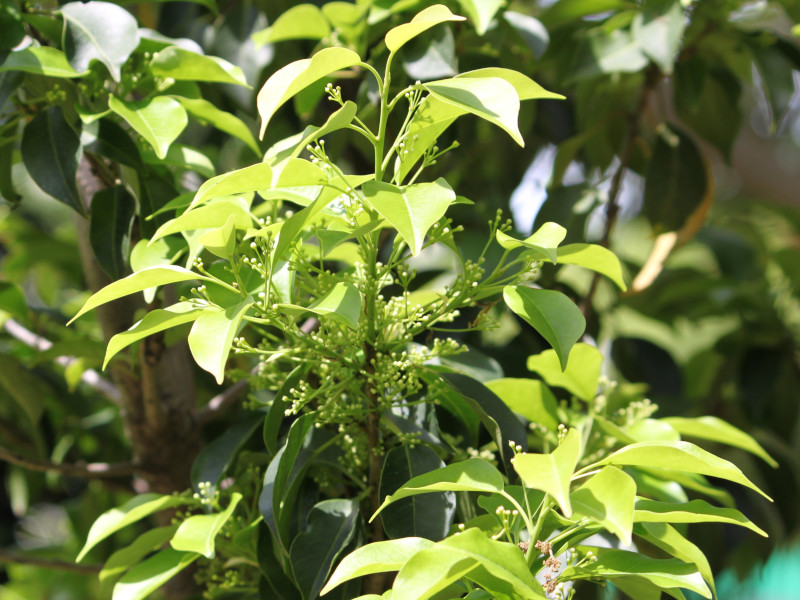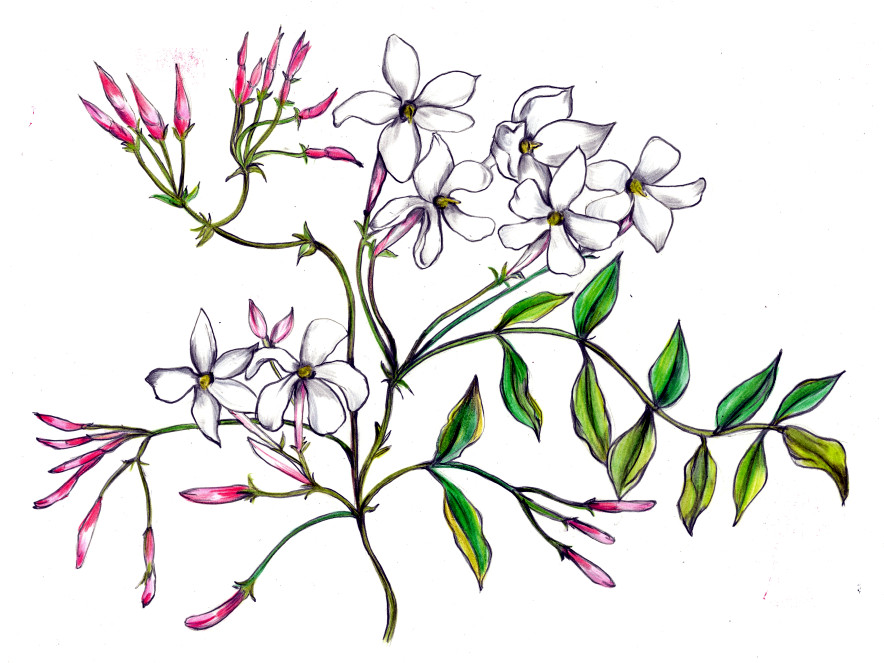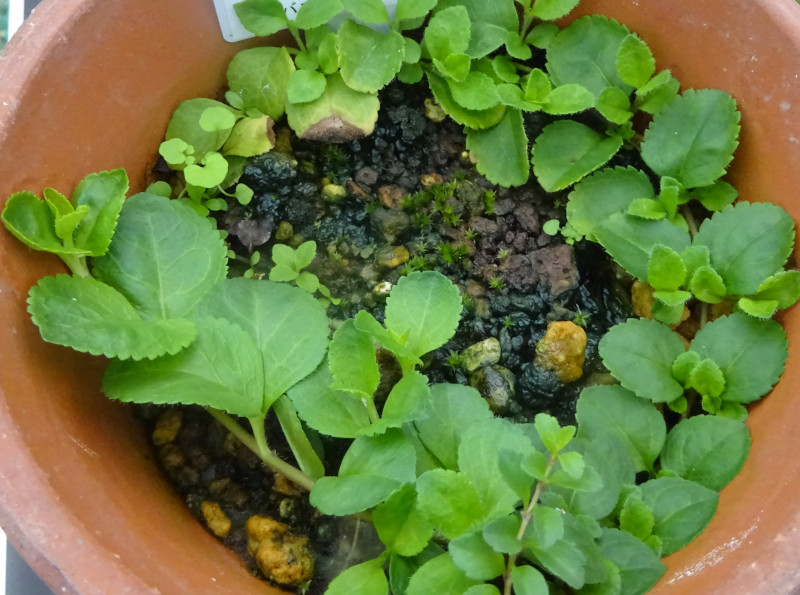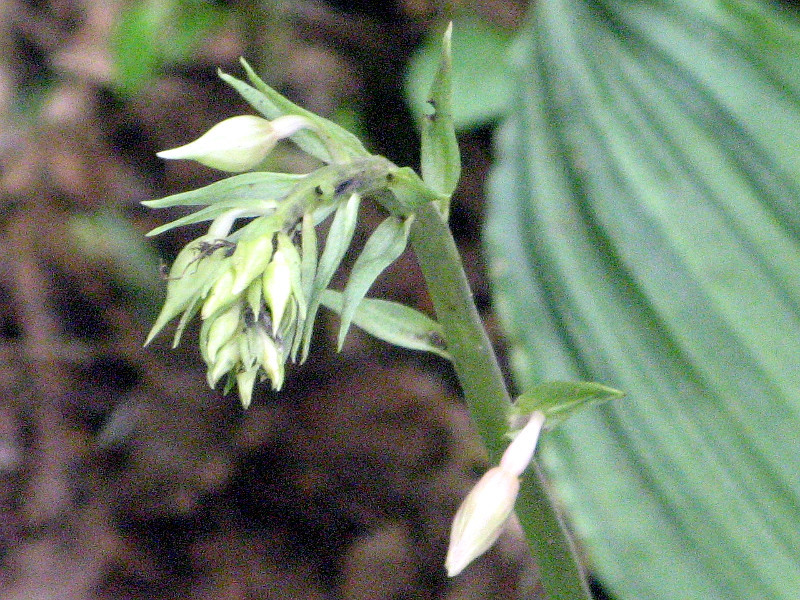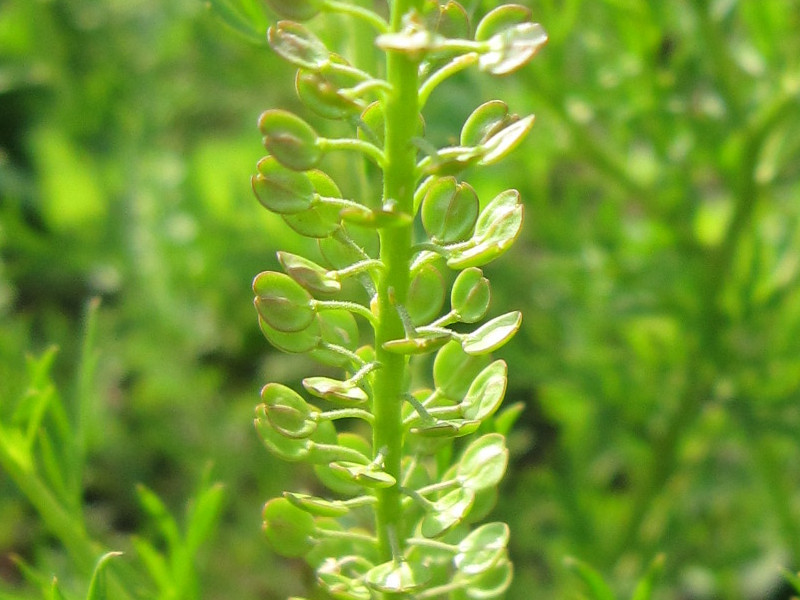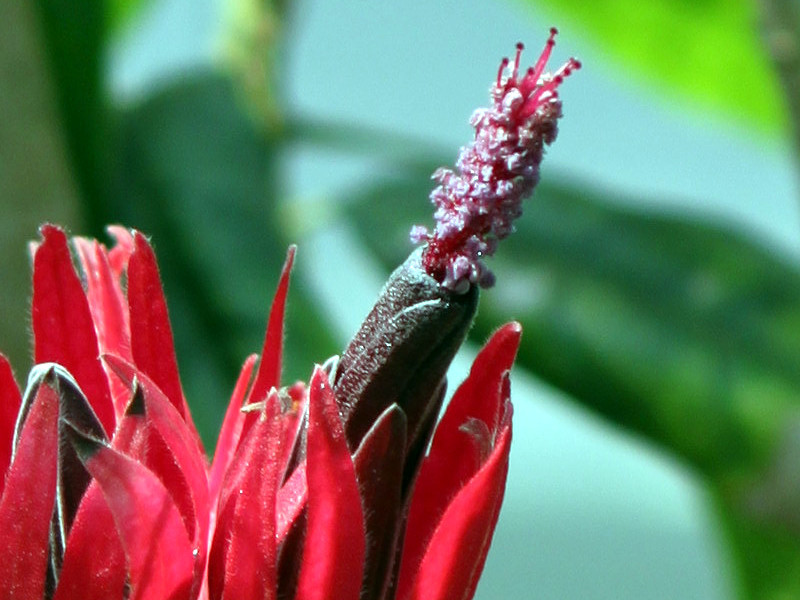Malvaviscus penduliflorus
- Flower nameMalvaviscus penduliflorus
- Scientific nameMalvaviscus penduliflorus
- AliasTurk's cap, Sleeeping Hibiscus, 首肯き姫芙蓉, 頷き姫芙蓉, マルバビスカス・ペンデュリフロルス
- Place of originMexico, tropical America
- Place of floweringBotanical Gardens, Overseas
- Flowering seasonJanuary, February, March, April, November
- Language of flowersGentle sensitivity
What is Malvaviscus penduliflorus
Malvaviscus penduliflorus is a non-hardy, evergreen shrub of the genus Malvaviscus and is classified as a variety of Malvaviscus arboreus var. mexicanus.
It is called Turk’s cap, Turk’s turban, Sleeping Hibiscus, wax mallow, ladies’ teardrop, or simply by its genus name, Malvaviscus. These names originate from the resemblance of the flower to the hat worn by Turkish people.
The shrub grows to a height of 1 to 3 meters.
Its leaves are green, ovate to lanceolate with serrated edges, and are arranged alternately.
The flower buds face upward before blooming but droop downward once they open.
The blooming pattern resembles the closed state of the Hibiscus flowers (which belong to the same family but a different genus). Unlike Hibiscus, this flower does not fully open but remains partially closed, with its stamens protruding from between the petals.
The flower color is generally scarlet, but variations of pink, orange, and white also exist.
Deep inside the petals, nectar is present, which flows downward along the long stamens. This nectar, along with the pollen at the tip of the protruding stamens, attracts various pollinators such as bees (including honeybees and yellow hornets), butterflies, and hummingbirds. These pollinators secretly yet persistently contribute to the fertilization and reproduction of the plant.
Origin of the Flower Name
The name of the flower comes from its classification under the Malvaviscus genus and its distinctive downward-facing, non-opening petals.
The genus name "Malvaviscus" is derived from Latin, meaning "belonging to the Malvaviscus genus".
The species name "penduliflorus" means "hanging flower".
Flower Language
"Sensitive Kindness"
Common name: Malvaviscus penduliflorus
Scientific name: Malvaviscus penduliflorus,
aka: Turk’s Cap, Turk’s Turban, Sleeping Hibiscus, Wax Mallow, Ladies’ Teardrop,
Kingdom: Plantae, Phylum: Angiosperms, Class: Eudicots, Order: Malvales, Family: Malvaceae, Genus: Malvaviscus, Species: Malvaviscus penduliflorus
Origin: Mexico and other tropical regions of the Americas
Growth Habit: Non-hardy evergreen shrub
Height: 1–3 meters
Stem: Hairy
Leaf Color: Green
Leaf Shape: Ovate to lanceolate
Leaf Margin: Serrated
Leaf Arrangement: Alternate
Flowering Period: November to April
Corolla: Tubular flower
Flower Length: 5 cm
Flower Diameter: 2 cm
Flower Colors: Red, pink, orange, white
Stamens: Protruding
Fruit Color: Red
Pollination: Pollinated by bees (honeybees, yellow hornets), butterflies, and hummingbirds
Pests: Aphids, leaf beetles
Uses: Greenhouse cultivation in botanical gardens, garden planting, potted plants, hedges. Flowers are used as medicinal herbs and edible flowers. Fibers can be extracted from the bark.
■ Related Pages
Malvaviscus penduliflorus
Edible Flowers
